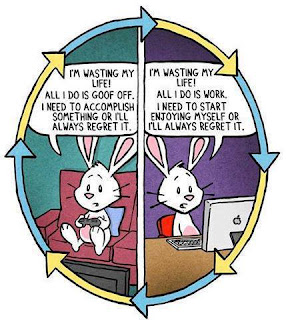Why were we at temple?
Even though the building looked new, the heavy, engraved, metal doors looked old and beautiful. The sanctuary could have been any little church except that the central focus was shaped like a large scroll with a veil hanging in the center. On one side of the altar hung a series seven of candles with silver flames. On the other side hung a tree with seven silver leaves. I didn’t learn the real meanings of these, but they brought to mind the menorah and Jesse tree. The rabbi began the Shabbat service with a story about trees and leaves. With Rosh Hashanah approaching, the message was return and renewal. They had two of their youngest members blow the shofar (ram horn).
Most of the service was a series of psalms from the siddur, or prayer book. I followed the Hebrew as best I could, but I was really glad to have the English translation just below. I’ve been struggling lately with defining what worship is, but I felt that these prayers got it. We weren’t here for a lesson (even if a message was included), and we weren’t asking anything of God. We were merely gathered, setting aside time and individuality for an hour to acknowledge the magnificence of God.
There was guitar accompaniment with the singing, and while I thought it sounded good, I wondered if there were members of the congregation who preferred a more old-style cantering. I’ve found at Catholic churches the guitars often miss the meaning of the lyrics and turn something deep (like the Sanctus, Sanctus, Sanctus and Agnus Dei) into a 1970s campfire song. While I didn’t get that feeling myself at temple, I just wondered if they face the same issue.
There was an overwhelming sense of community there. Perhaps it is a benefit of the congregation size (about 100) or because of the minority status, but it was clear that everyone knew everybody and looked out for one another. They were family. And while they did have visitors introduce themselves in service (which I hate), after service I felt welcomed but not overwhelmed. I feel like there are rough lines between cold, friendly, and pushy, and they toed friendly well.
The sense of
community was particularly obvious that evening because a young man was
celebrating his bar mitzvah. He led
several of the Hebrew prayers, and you could feel people jumping in a bit
quicker to help him out. He was the stereotypical 13-year-old boy, that is, Awkward
with a capital A. I thought he was adorable. He received several gifts from the
congregation during the service, and there was the general sense that everyone
knew him and was proud of him. While I felt like we were crashing his big day,
I was really glad I got to see it.
A lady commented how all the preparation seems like a lot of work for just one day, but how transforming that preparation is. Just the acts of preparing, studying, and training changes you, matures you. I have deep respect for rites of passage, a clear line to mark the start of adulthood. While I and several of my friends were confirmed at age 12-15, confirmation isn’t meant to be a rite to adulthood like a bar mitzvah and doesn’t serve the same purpose. The closest I can liken it to is how my home church treats high school graduation. You’re honored for you accomplishment and given gifts from the church, but even more so, the community’s outpour of pride and love is overwhelming. It makes you want to be worthy of such affection.
Anyway, the bar mitzvah during the Shabbat service was a delightful bonus. Near the end of the service, the veil was pulled back, revealing the large scrolls of the Torah. While the Torah is the center of focus and adoration, it wasn’t read or directly referenced during service. I didn’t notice at the time, but once it was pointed out to me, it did seem like an odd omission. But again, it’s because the worship is in the psalms and prayer. Study and lessons and interpretations are done outside of the sacred time.
Score: 72










